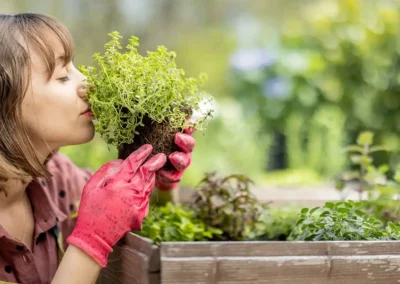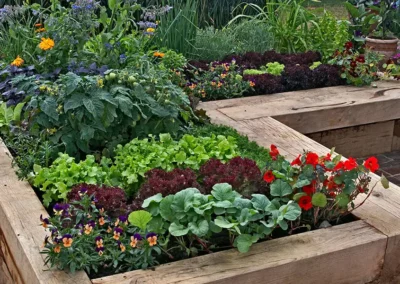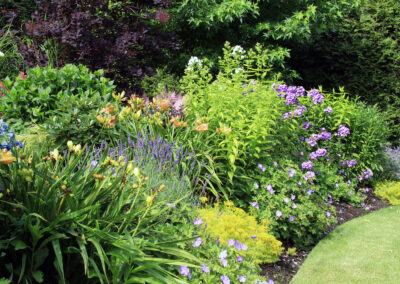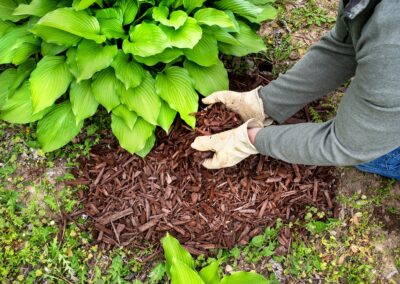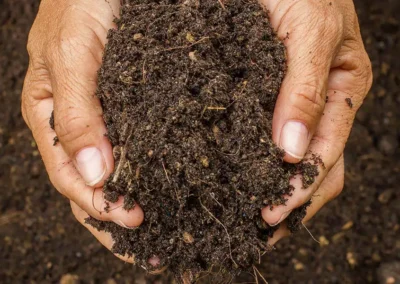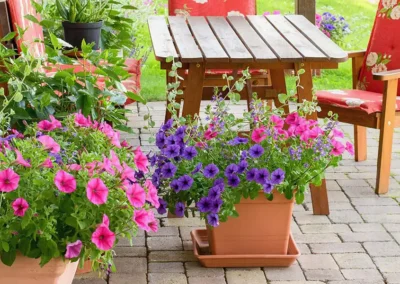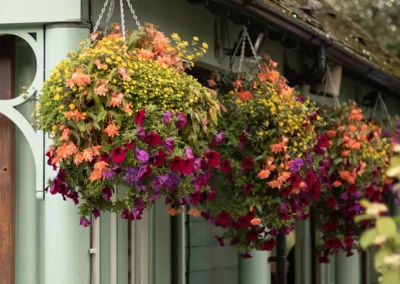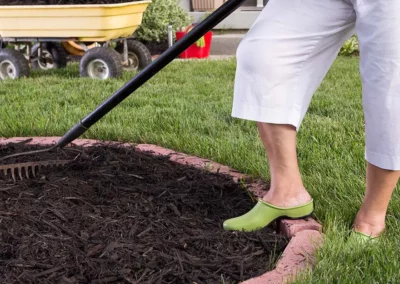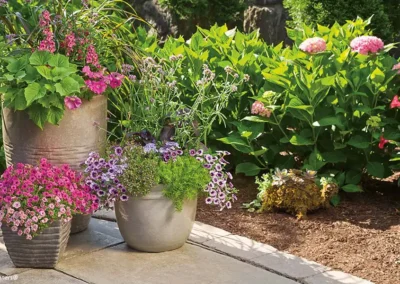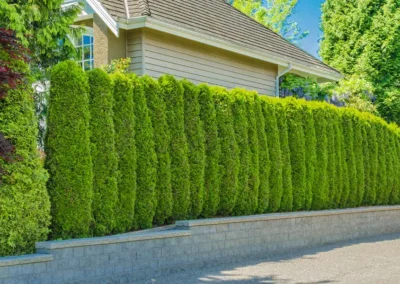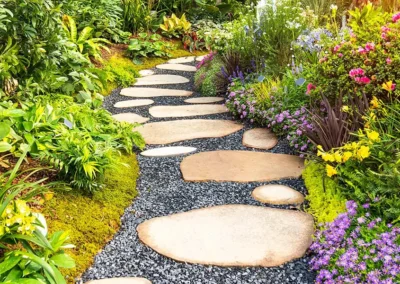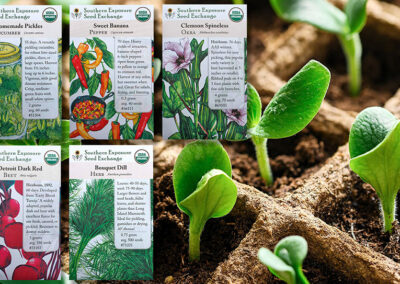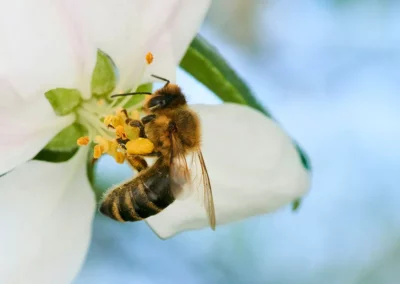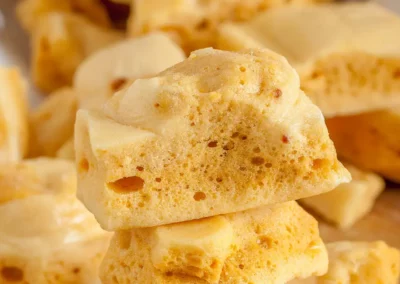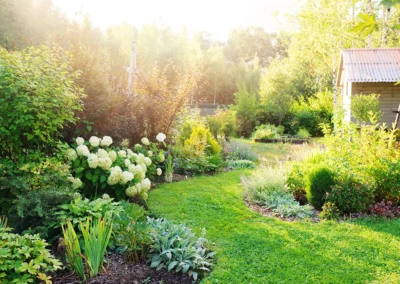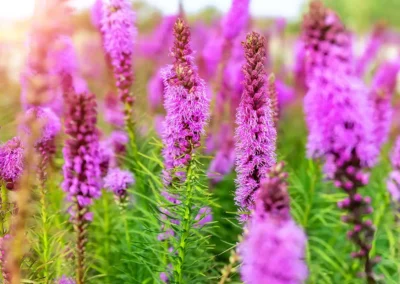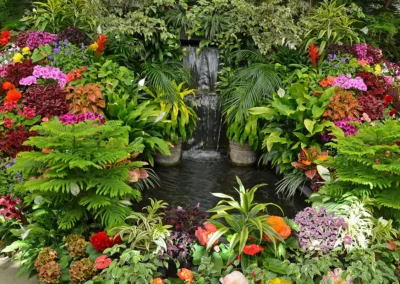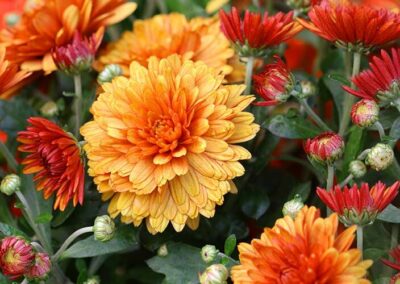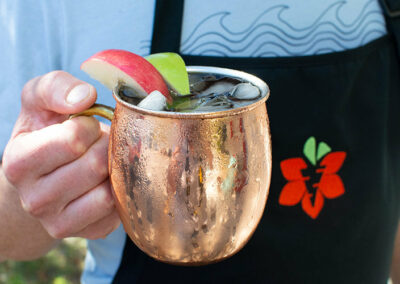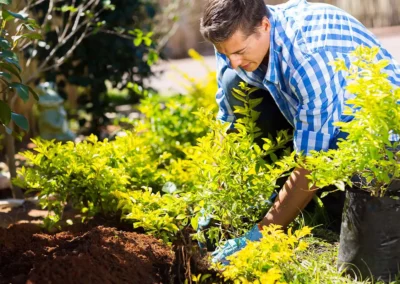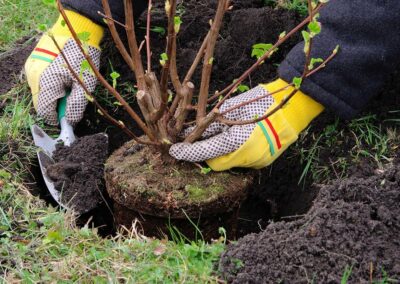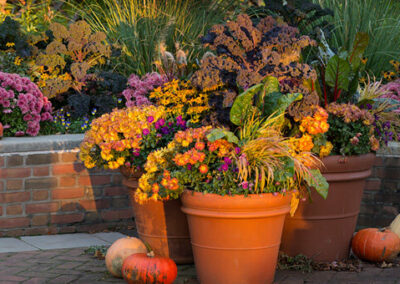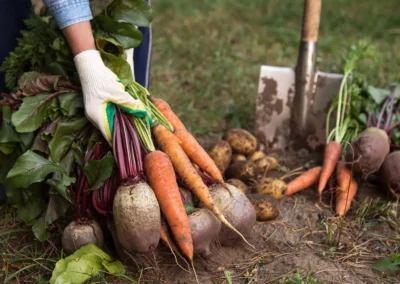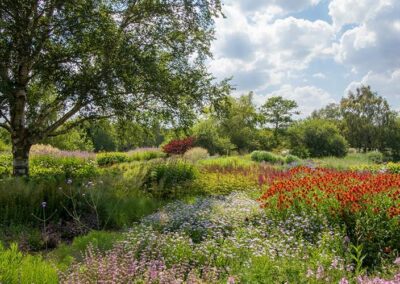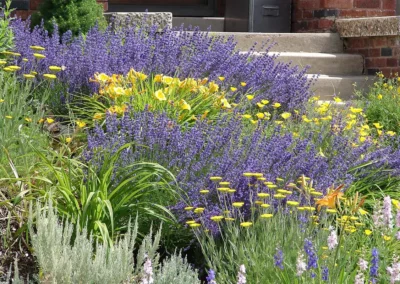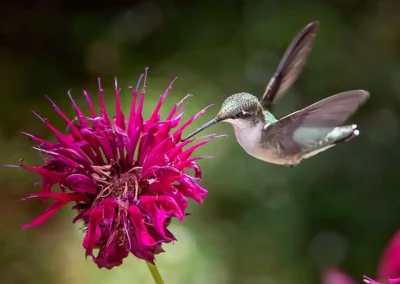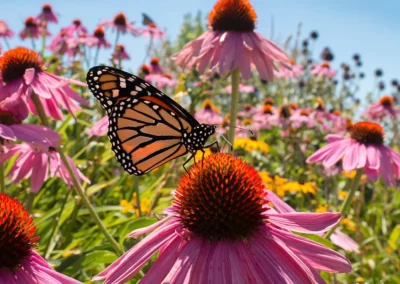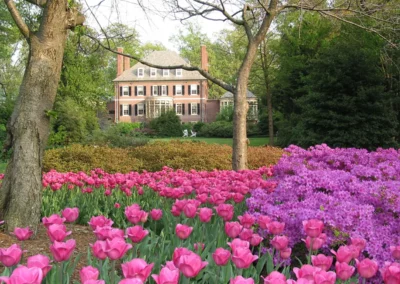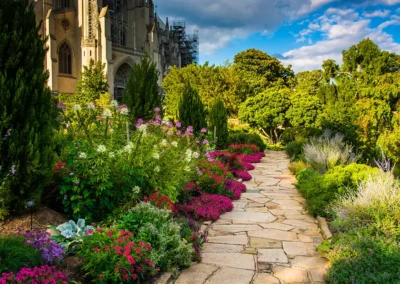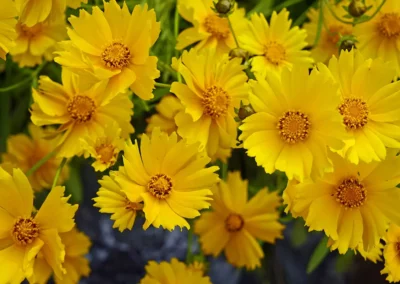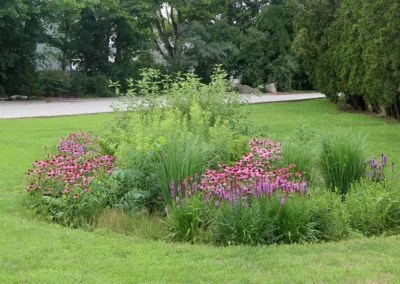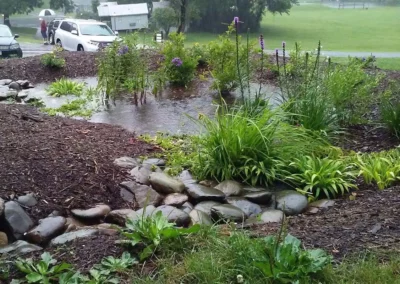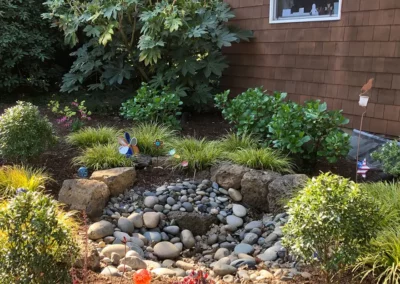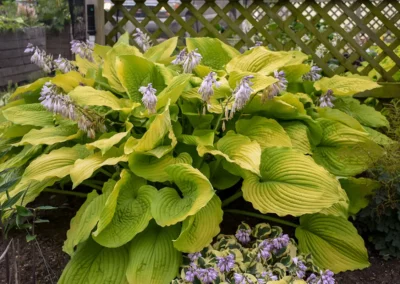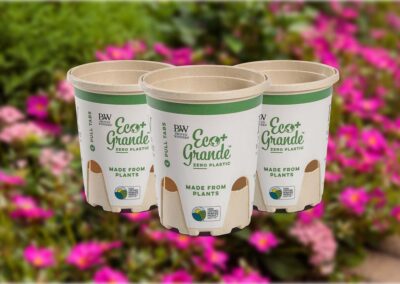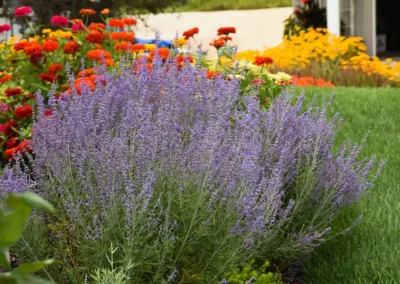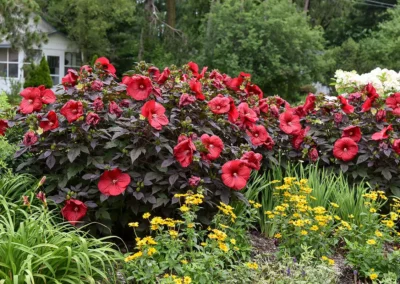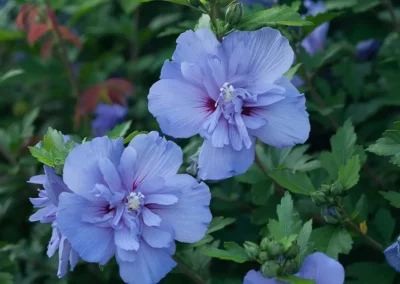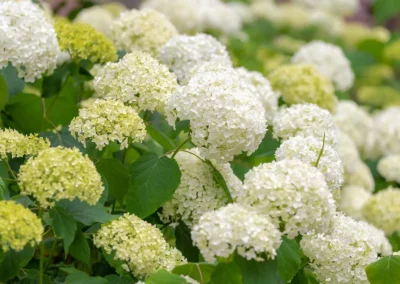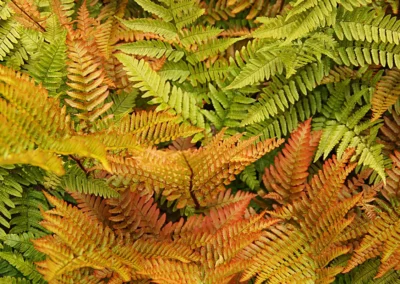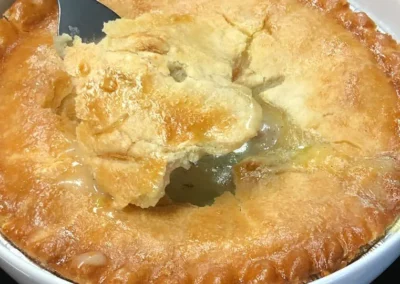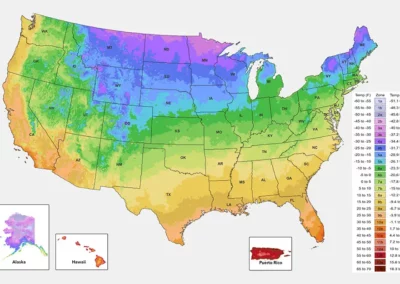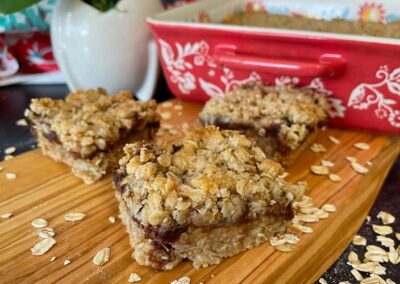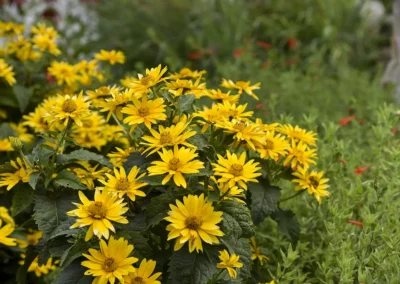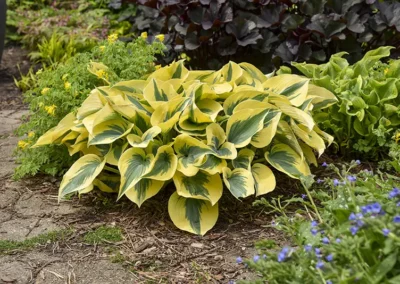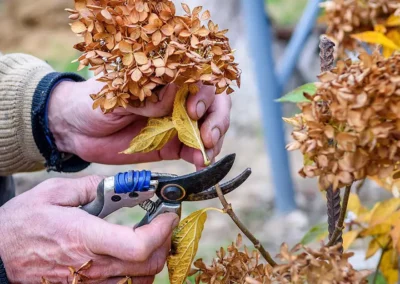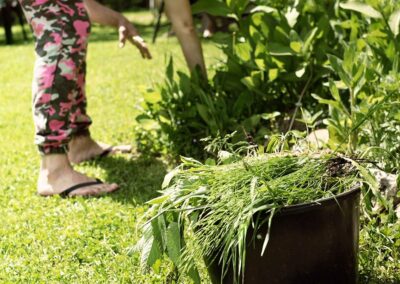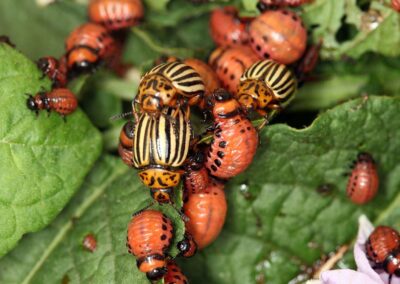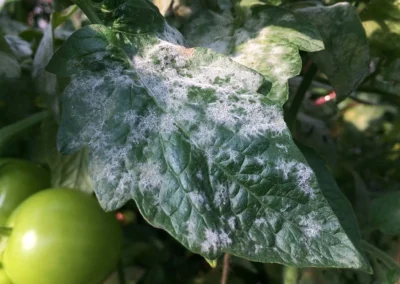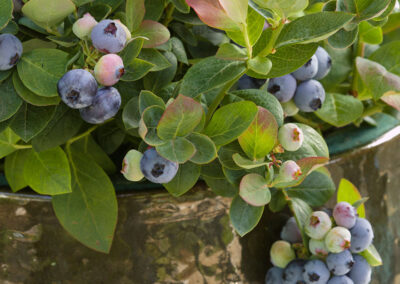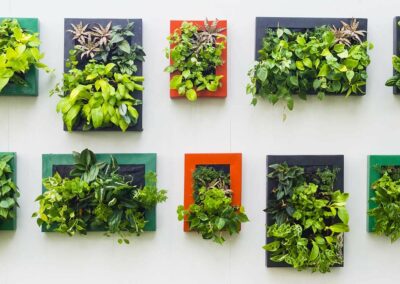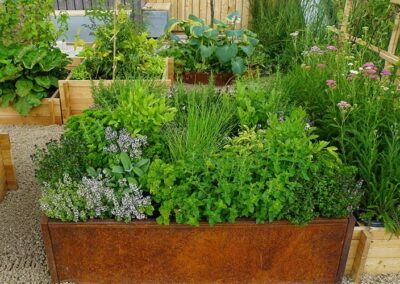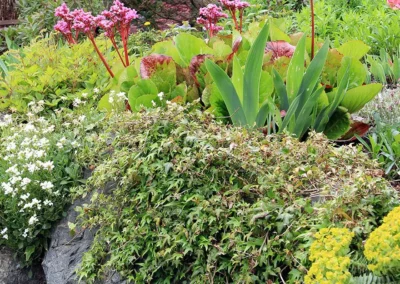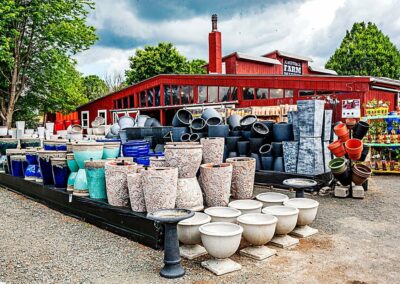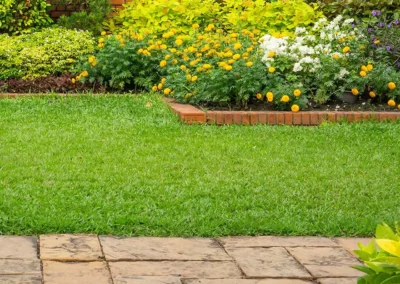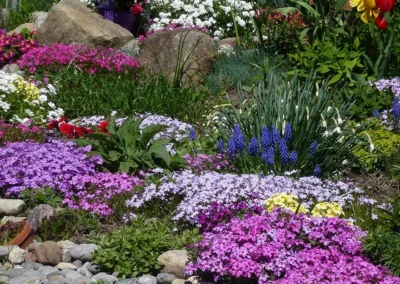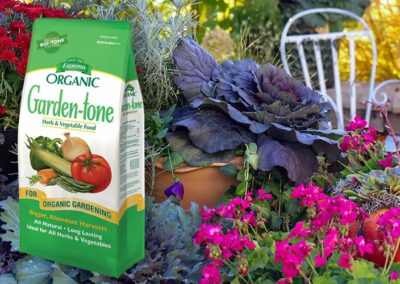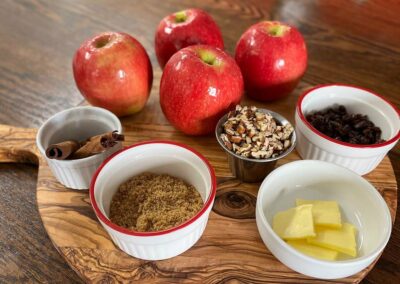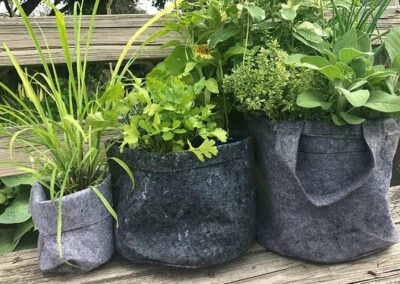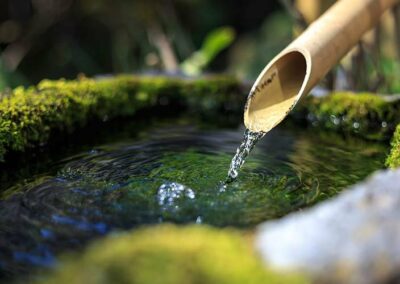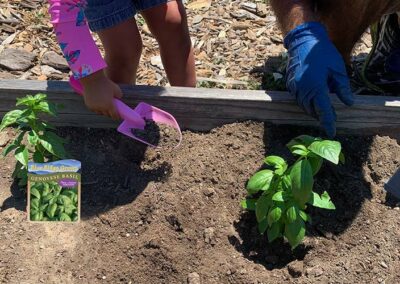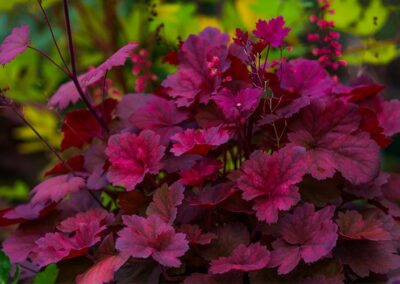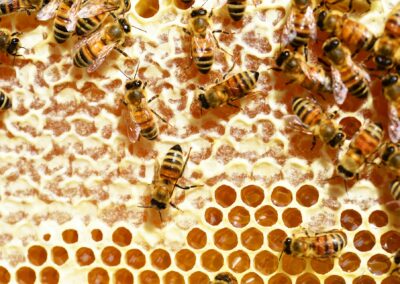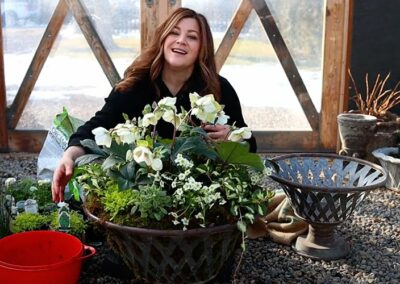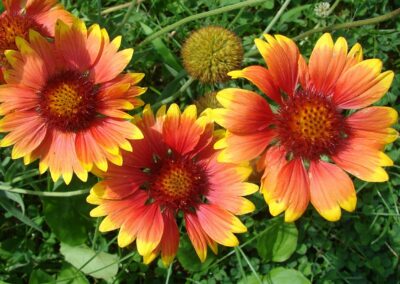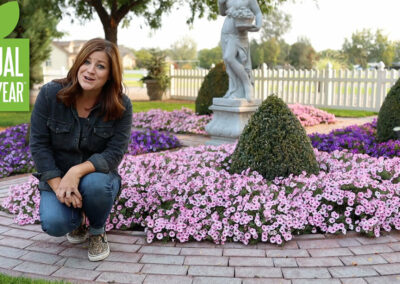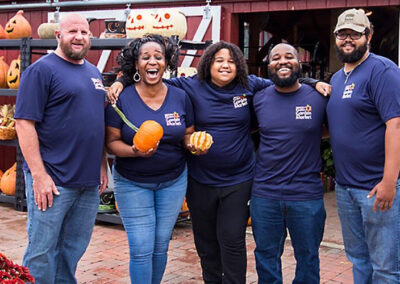Who says your garden has to be all serious roses and stately shrubs? It’s time to sprinkle in a little magic with a fairy garden! These pint-sized wonderlands are like storybooks brought to life—filled with miniature plants, tiny houses, and maybe even a fairy or two (if you believe hard enough!). Whether you’re a seasoned gardener or just looking for a fun weekend project with the kids, fairy gardens offer a charming, creative escape that’s just as delightful as it is rewarding.
What Exactly Is a Fairy Garden?
A fairy garden is a miniature landscape filled with small plants, whimsical accessories, and sometimes even little pathways, cottages, or fairy figurines. Think of it as a tiny enchanted village nestled in your backyard or a container on your porch. Rooted in folklore, these magical gardens are said to attract fairies—and who couldn’t use a little more enchantment in their life?
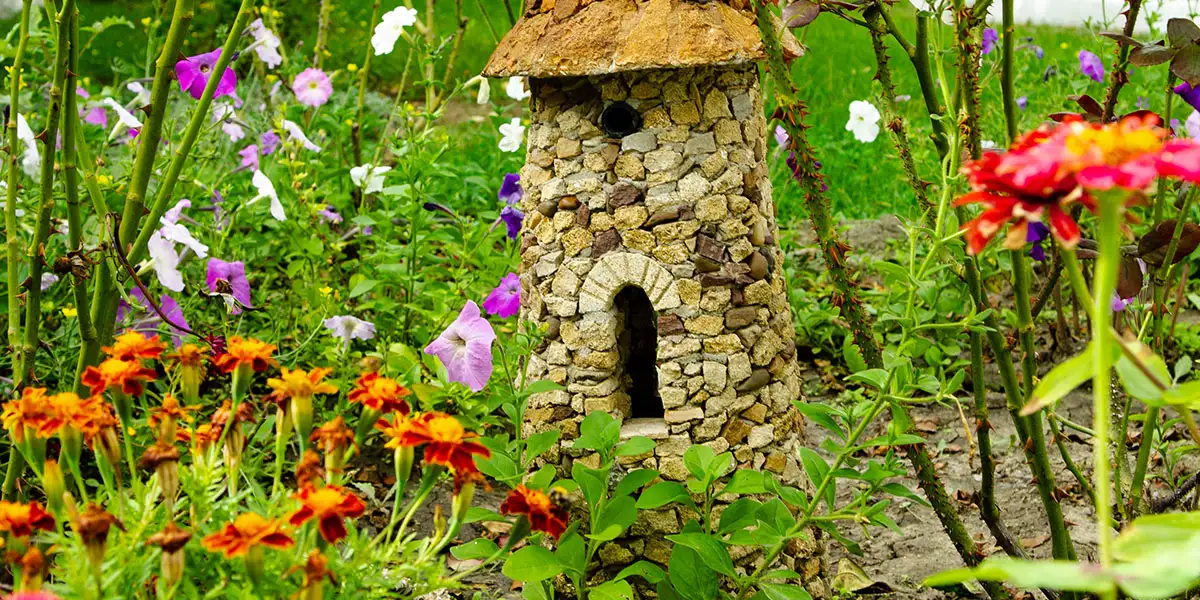
Sunny Spots: Plants That Soak Up the Sun (Zone 7b Approved!)
If your fairy garden is going to be basking in the sunlight, you’re in luck. Here are some sun-loving, Zone 7b-friendly plant picks that are both adorable and fairy-approved:
- Creeping Thyme (Thymus serpyllum): This aromatic groundcover makes the perfect fairy path. Plus, it smells amazing when you brush against it.
- Sedum (Sedum spp.): With its chunky little leaves and starry flowers, sedum adds quirky texture and thrives in the heat.
- Miniature Roses (Rosa spp.): Tiny roses? Yes, please! These bring classic beauty and a delightful scent to your magical micro-garden.
- Lavender (Lavandula angustifolia): Not only is it calming, but fairies are said to adore its purple blooms.
- Dwarf Coreopsis (Coreopsis auriculata ‘Nana’): These sunny yellow flowers bring cheerful vibes to any fairy hangout.
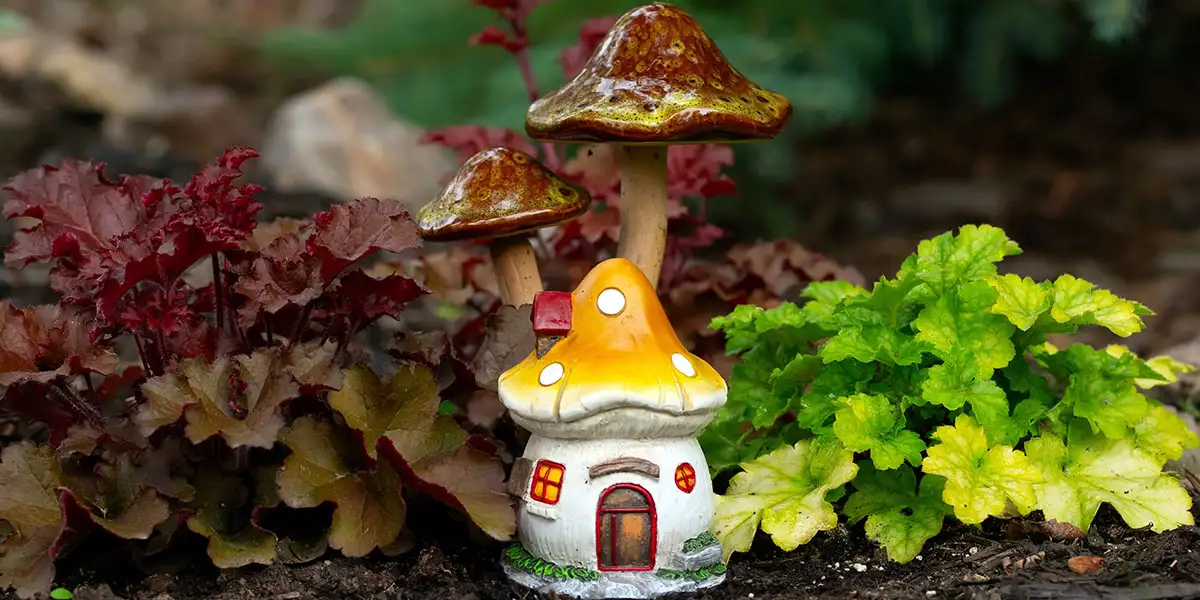
Shade Lovers: Woodland Wonders for Your Fairy Forest
Have a shady nook under a tree or beside your porch? That’s the perfect fairy hideaway. These plants love the cool, filtered light and thrive in our area (remember, zone 7b):
- Heuchera (Heuchera spp.): Also known as coral bells, these come in a rainbow of leaf colors—perfect for adding a pop of enchantment to your shady spots.
- Hosta (Hosta spp.): With its lush leaves and endless variety, hosta gives your fairy garden a lush, enchanted forest feel.
- Ferns (e.g., Athyrium niponicum ‘Pictum’): Delicate and mystical, ferns are a must for a woodland fairy vibe.
- Lungwort (Pulmonaria spp.): Fun name, pretty spotted leaves, and spring flowers? Total fairy magnet.
- Sweet Woodruff (Galium odoratum): It smells like vanilla and makes a soft green carpet. What’s not to love?
- Astilbe (Astilbe spp.): Fluffy plumes in pinks and whites add a splash of fairy flair.
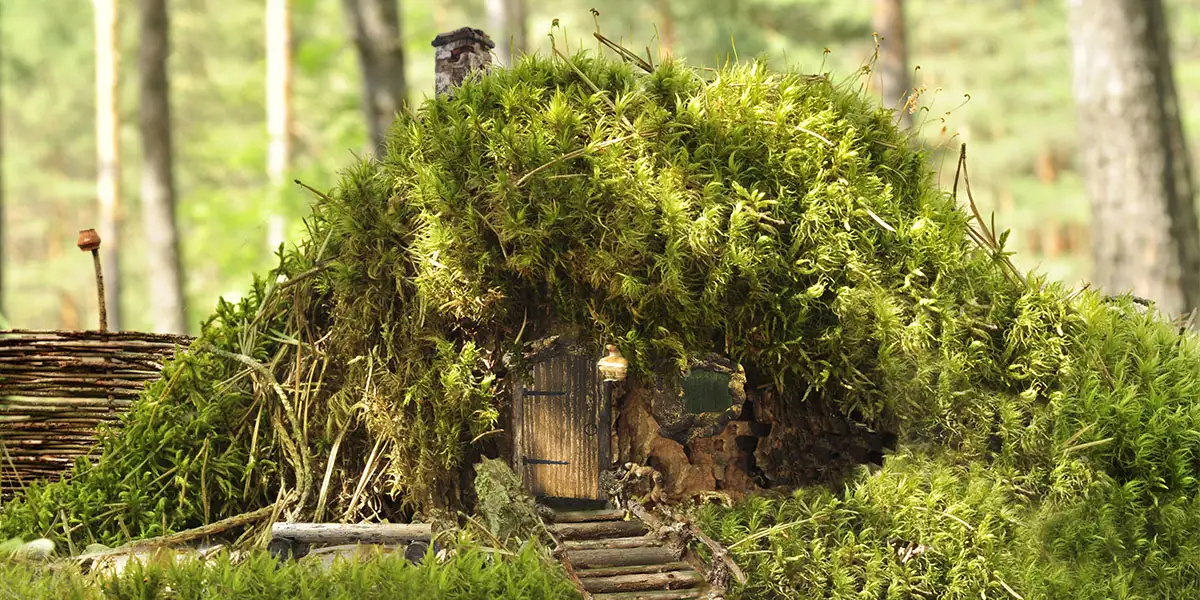
Magical Plants with Folklore Flair
Want to really lean into the fairy tale? These plants come with their own magical reputations:
- Foxglove (Digitalis purpurea): Said to be the fairies’ glove of choice. It’s tall, mysterious, and just a bit dramatic.
- Primrose (Primula spp.): According to legend, primroses mark the gateway to fairy realms.
- Mosses (e.g., Sagina subulata): These velvety greens make perfect fairy beds or lawns.
- Bluebells (Hyacinthoides non-scripta): Long associated with fairy magic—plant some, and you might hear fairy music!
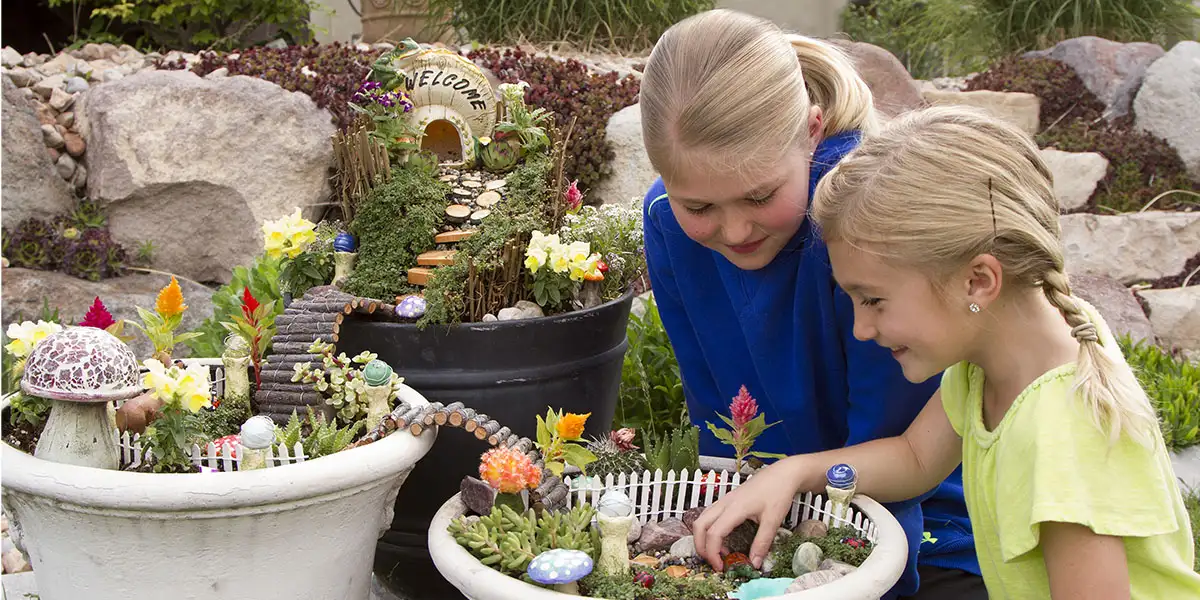
Kids + Fairy Gardens = Pure Magic
Fairy gardens are a hit with kids, and for good reason. They’re a fun, hands-on way to learn about plants, nature, and creativity. Here’s how to get them excited:
- Let Them Lead: Give them some plant options, but let them pick their favorites.
- DIY Decorations: Paint rocks, build fairy houses out of sticks, or create little signs with toothpicks and paper.
- Mini Garden Missions: Assign little tasks like “build a path,” “plant a flower bed,” or “design a fairy swing.”
- Story Time: Make up fairy tales about the garden you’re building together. Is it a fairy school? A gnome retirement village?
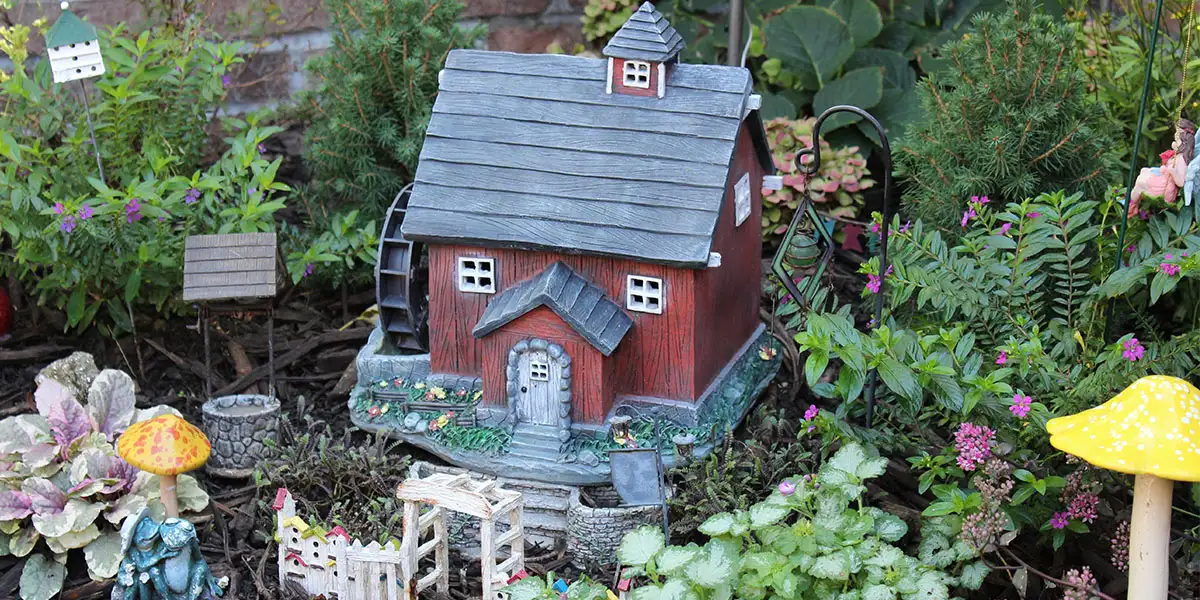
Fairy Garden How-To: A Quick Guide
- Pick Your Spot: Sunny or shady, in the ground or in a container—just make sure it has good drainage.
- Sketch It Out: Even a quick doodle helps you plan the layout.
- Choose Your Plants: Match them to your light and moisture levels.
- Add the Magic: Mini furniture, fairy figurines, pebbled paths, and more!
- Keep It Going: Water, weed, and watch for new visitors (like butterflies or tiny toads).
Fun Fairy Garden Facts!
- Fairy gardens first took off in the U.S. in the early 1900s as part of a miniatures craze.
- In Celtic lore, fairies lived in natural places like groves and springs—hence the plant love!
- Gardening with kids has been shown to boost mood and improve focus.
- Moss is technically not a plant, but a bryophyte. (Impress your friends with that one!)
Fairy gardens are more than just cute—they’re a doorway to imagination, a peaceful little project, and a wonderful way to connect with nature (and each other). So grab some plants, sprinkle in some whimsy, and get ready to believe in magic all over again.

